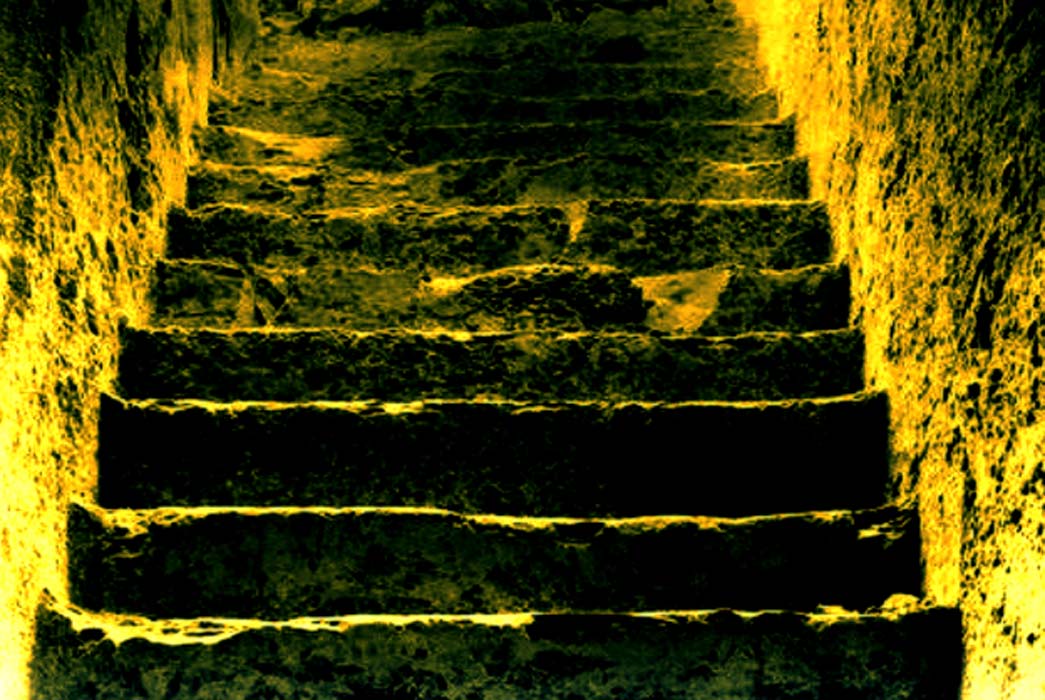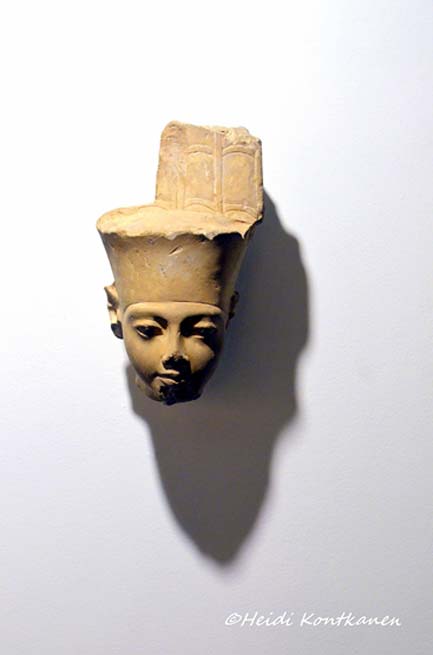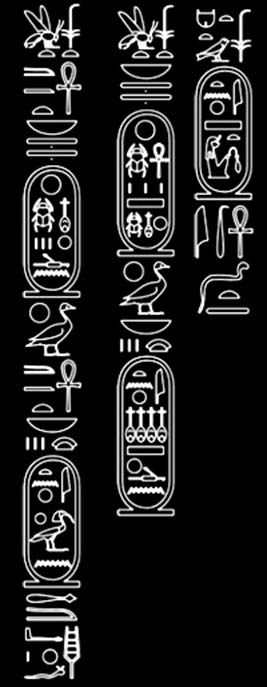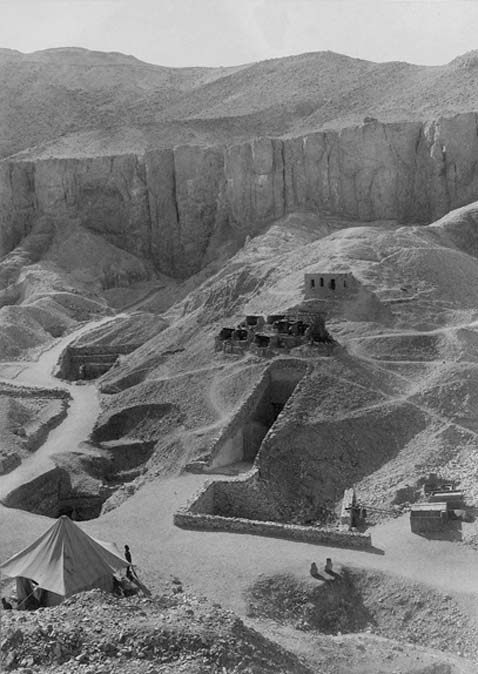
Robbing Tutankhamun: Greed for Gold, Linen, Cosmetics and the Good Life—Part II
Against all odds, Tutankhamun’s tomb survived the ravages of time; when the magnificent burial places of his predecessors and successors were ransacked in antiquity, and their treasures stolen. However, the boy king’s crypt was not unmolested, as Howard Carter discovered, as it had been subjected to robbery more than once. The perpetrators most probably suffered a gory end. But the treasures that remained have provided us a unique glimpse into the life and times of a virtually unknown ruler of ancient Egypt; bringing him unprecedented global fame that would be the envy of even the most illustrious pharaohs.

Tutankhamun as Amun wearing the tall twin plumes that were part of this state god´s iconography. His face shows a gentle childlike quality, and we can assume it was carved quite early in his reign. From Karnak Temple. Luxor Museum.
Far from an Intact Tomb
Some objects discovered during the clearance at the bottom of the lower staircase-fill of KV62, apparently relating to the plundering of the tomb, were amongst the most interesting found during the entire excavation. A number of antiquities bearing the names of several kings, including – Thutmose III, Amenhotep III, Akhenaten, Neferneferuaten, and the great royal wife Meritaten surfaced.
Naturally, Howard Carter was baffled by this: “Why this mixture of names? The balance of evidence so far would seem to indicate a cache rather than a tomb, and at this stage in the proceedings we inclined more and more to the opinion that we were about to find a miscellaneous collection of objects of the Eighteenth Dynasty kings, brought from Tell el Amarna by Tutankhamen and deposited here for safety.” However, Carter initially dismissed these finds as suggesting that the tomb (like KV55) contained a cache of Amarna material rather than a burial.

Inscription from the lid of a box (Carter No. 001k) discovered during the clearance at the bottom of the lower staircase-fill of Tutankhamun’s tomb. (From left) Col 1: King Neferkheperure-Akhenaten; Col 2: King Ankhkheperure-Neferneferuaten; and Col 3: Great Royal Wife Meritaten. (Public Domain)
After the entrance corridor that was filled to the roof with rubble was cleared; the outer doorway of KV62 was now clearly visible. However, Howard Carter and Lord Carnarvon were in for a shock, as Peter Clayton explains: “Contrary to popular belief, Tutankhamun’s tomb was not intact when Carter found it…” To this Dr Nicholas Reeves adds: “The replastered and sealed hole in the outer doorway had forewarned Carnarvon and Carter that, whatever the nature of this underground chamber, its contents would not be intact.” Who then had entered the boy pharaoh’s tomb, and when?






